Enjoying a walk through Max Liebermann's Garden Paintings
I love Max Liebermann's paintings and not only because they have the characteristic beauty of Impressionism. I love his paintings because they demonstrate explicitly his love of art. I particularly love The Artist's Studio as shown below - a space, apparently not closed off for private creations, but open to other members of the household.
And look carefully and you will note that Liebermann has painted his own reflection in the mirror on the left hand side!!
This is one of my favourite paintings.
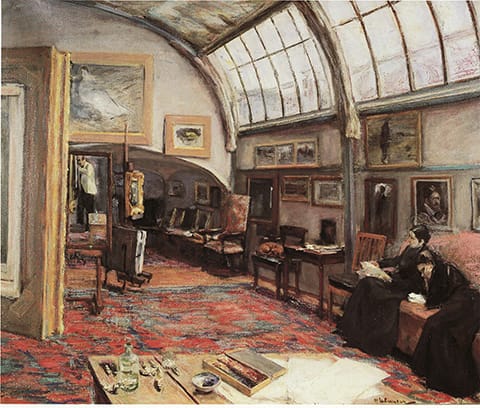
Max Liebermann (1847-1935) was a German painter and printmaker, and one of the leading proponents of Impressionism in Germany and continental Europe. In addition to his activity as an artist, he also assembled an important collection of French Impressionist works.1
The son of a Jewish banker, Liebermann studied art in Weimar, Paris, and the Netherlands. After living and working for some time in Munich, he returned to Berlin in 1884, where he remained for the rest of his life. He later chose scenes of the bourgeoisie, as well as aspects of his garden near Lake Wannsee, as motifs for his paintings. Noted for his portraits, he did more than 200 commissioned ones over the years, including of Albert Einstein and Paul von Hindenburg.1
Today's post is mostly about Max Liebermann's garden and his paintings of his garden which illustrate his passion for the natural environment of a garden.
In July 1909, Max acquired one of the last waterfront properties in the Alsen villa colony on Lake Wannsee – two plots of land at Große Seestraße 24 (today Colomierstraße 3). There he created a summer retreat for his family away from their main residence in the heart of Berlin.1
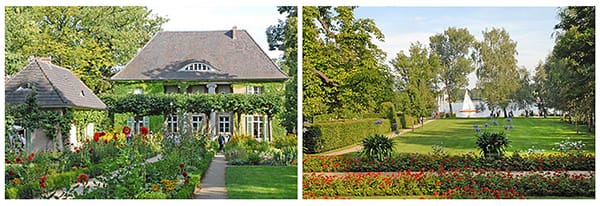
The lengthy garden is divided in two by the villa itself. From the center of the villa, there is a view over the grass to Lake Wannsee. There is a garden terrace in front of the house, looking toward Wannsee. On one side of the grass, there is the famous birch path, with birch trees growing wherever they sprout. On the other side, there are three hedged gardens. In the rear of the villa, is the garden house and a vegetable plot.1
Liebermann obviously enjoyed his time in this beautiful garden and painted it many times from different angles.
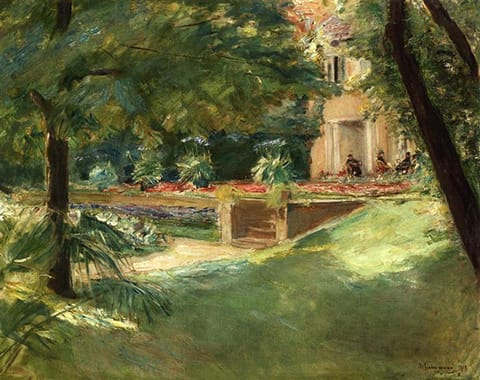
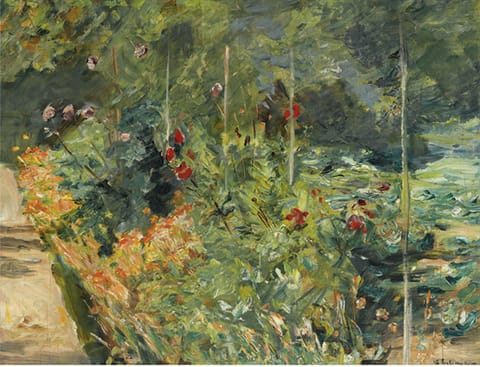
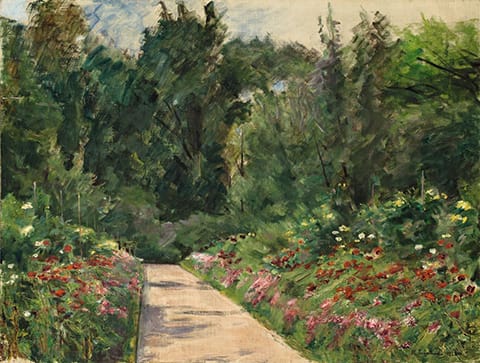
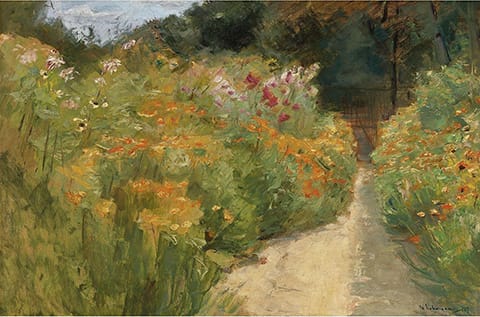
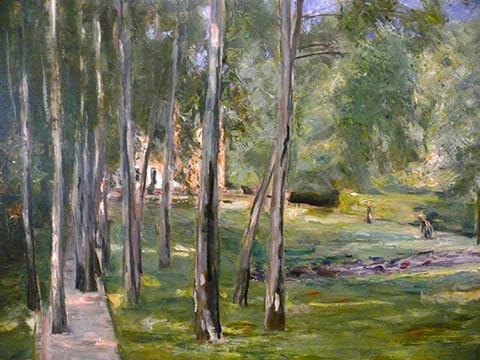
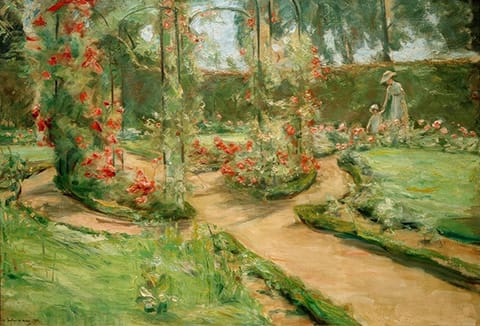
If you are visiting Berlin there is a permanent exhibition of the paintings of Max Liebermann at the Liebermann Villa on Lake Wannsee. You can follow this bookmark link to learn more about the villa and garden.
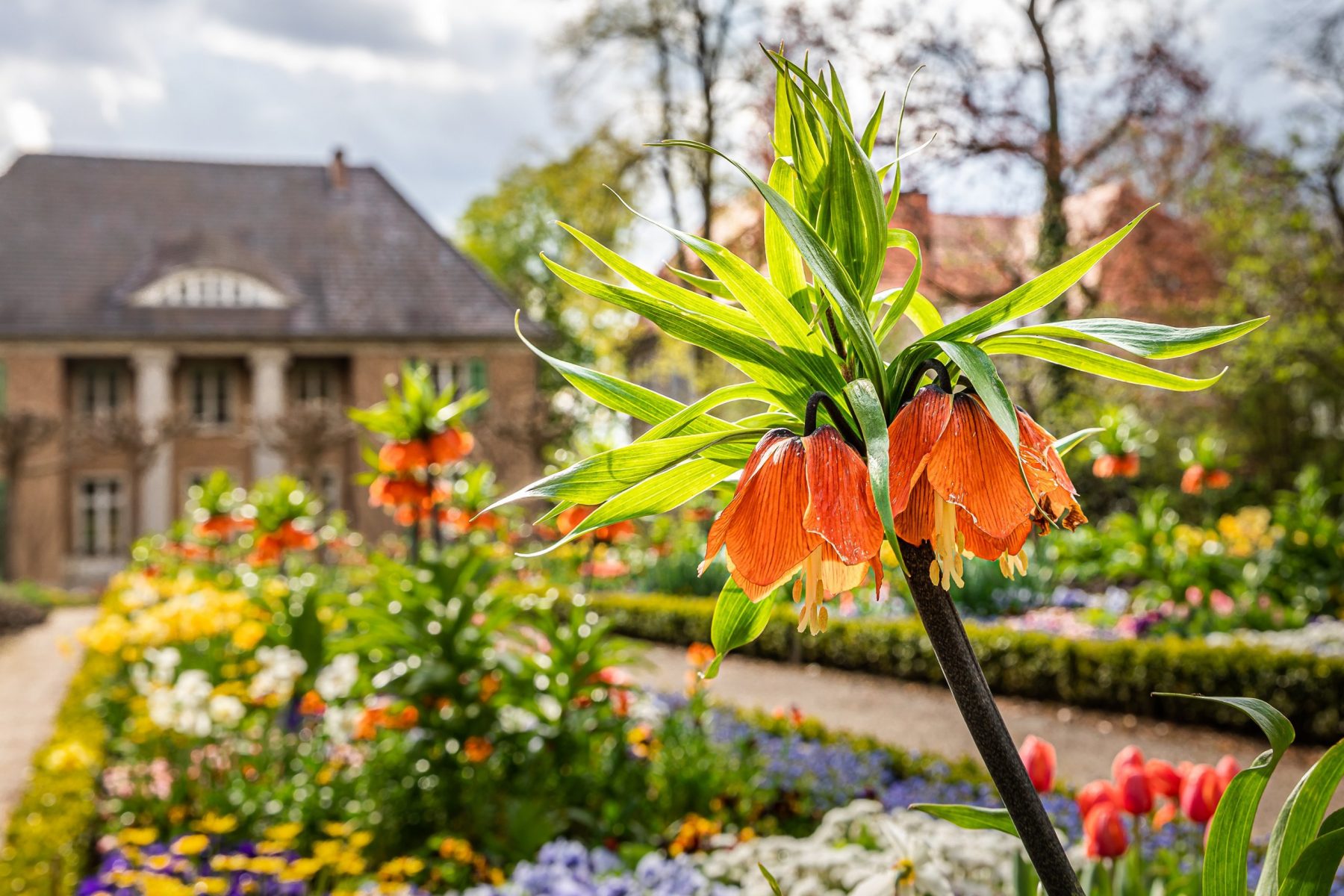
You might also like to wander through Liebermann's garden by watching the short video below.
It is the beginning of Passover and I want to wish all my Jewish family and friends a Chag Pesach sameach! May you find time to wander in a beautiful garden.
Credits
1. en.wikipedia.org
2. liebermann-villa.de/en/museum/villa-garden/
3. commons.wikimedia.org

